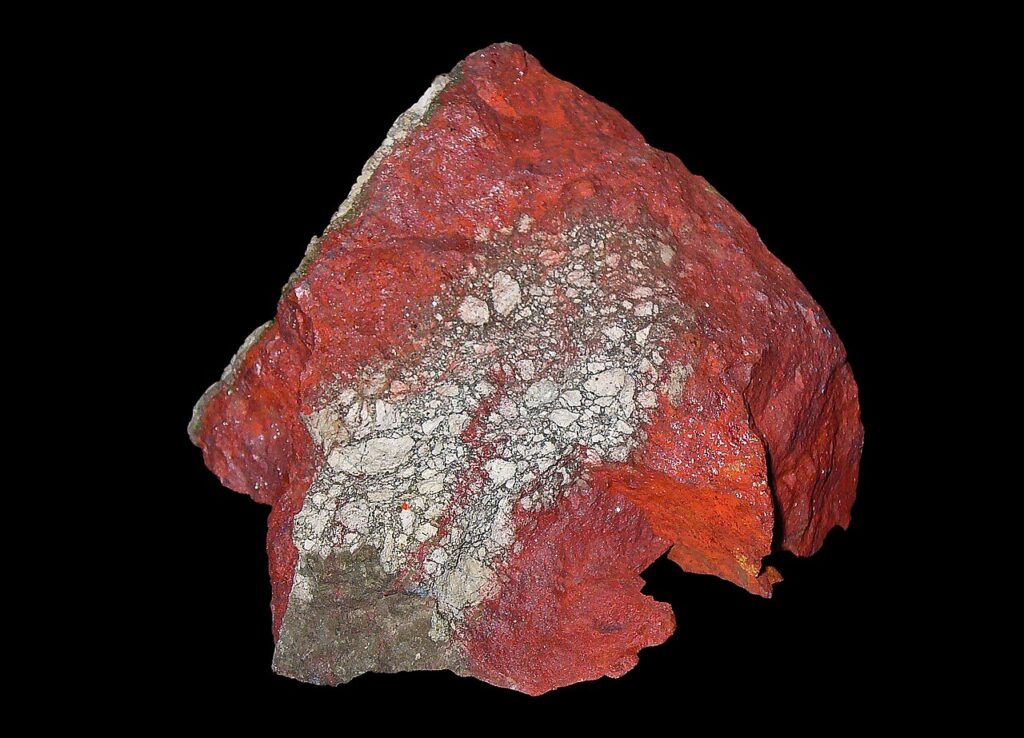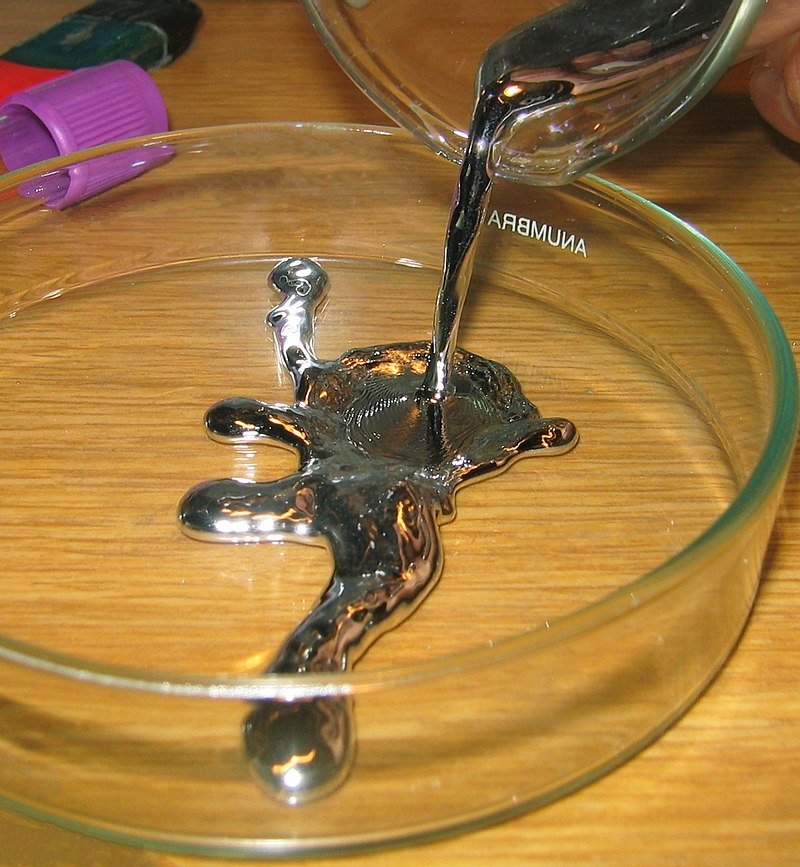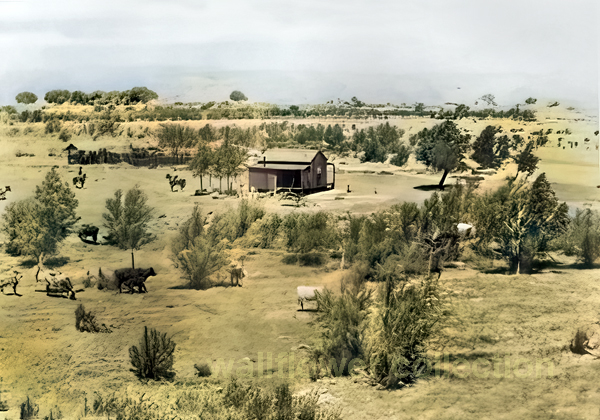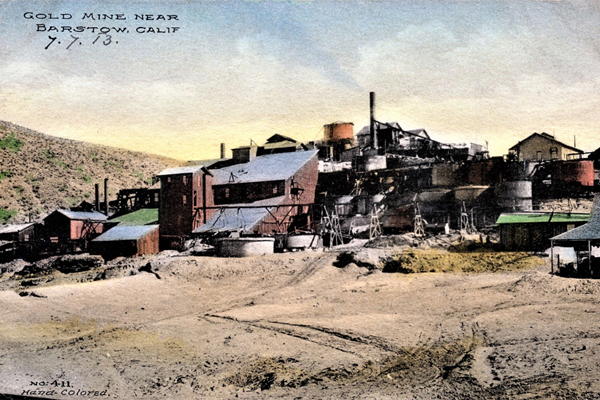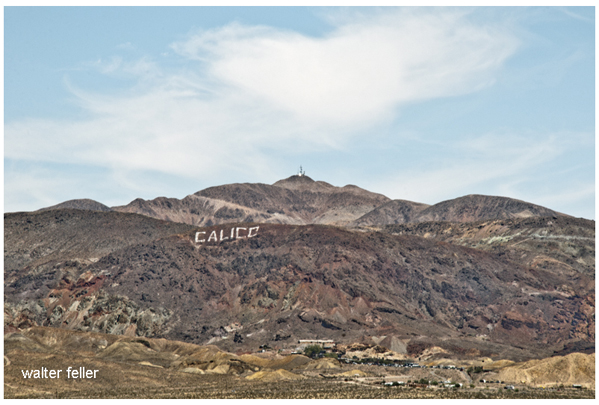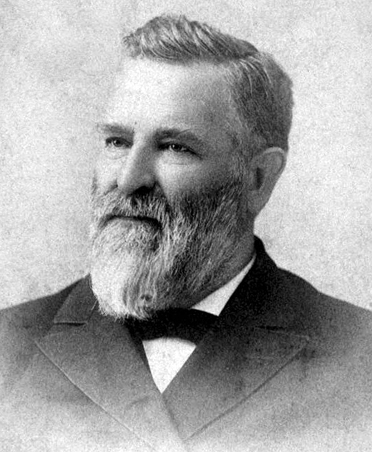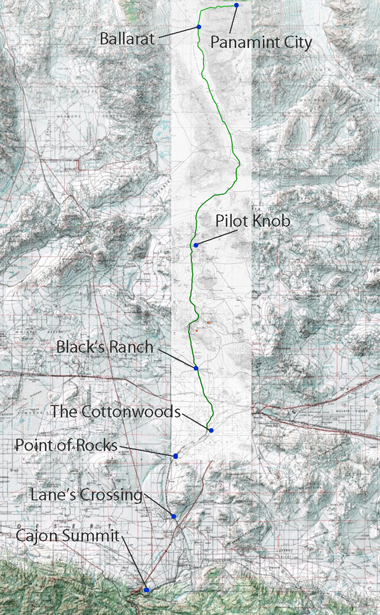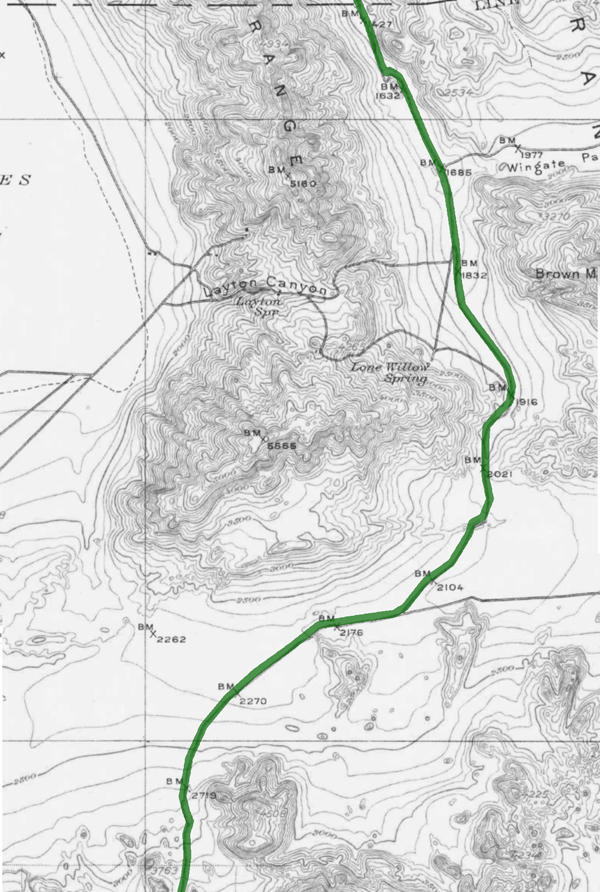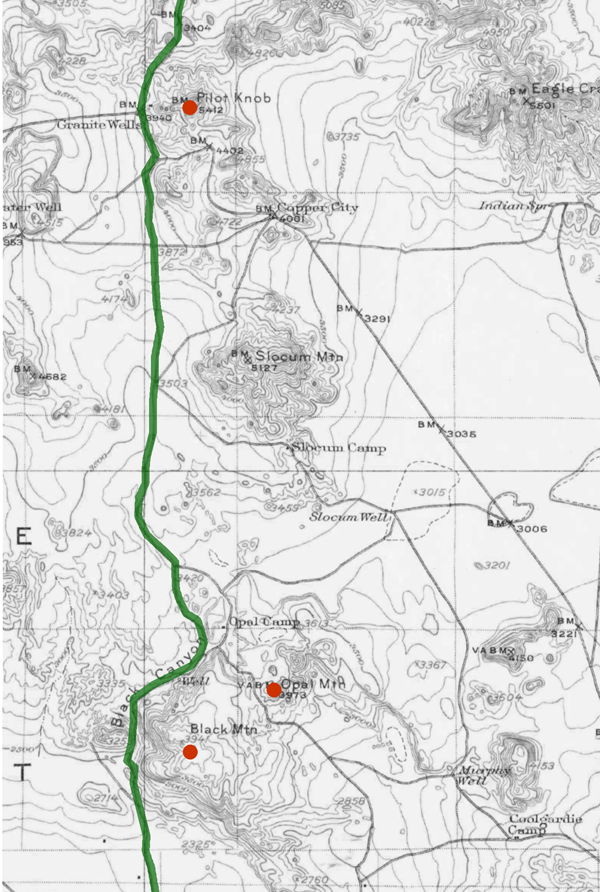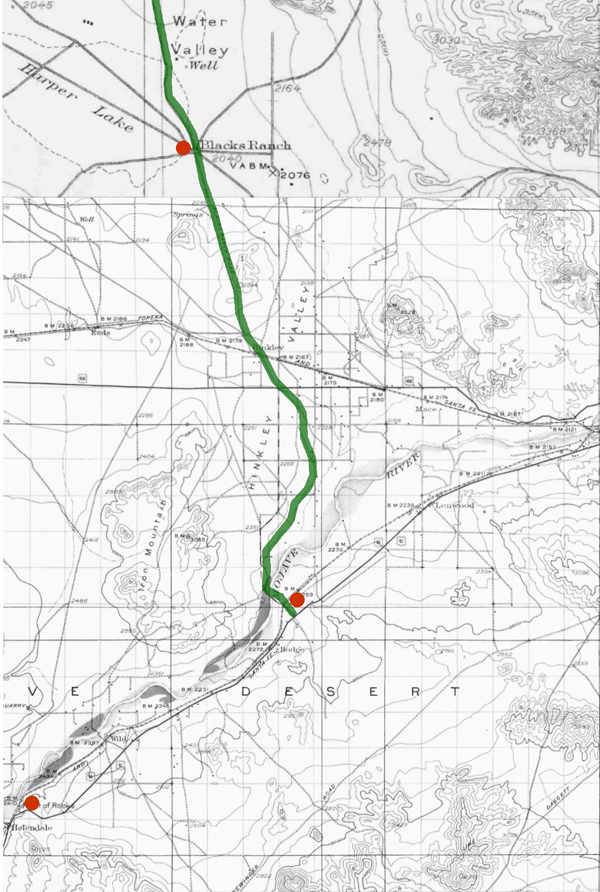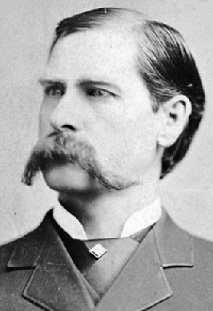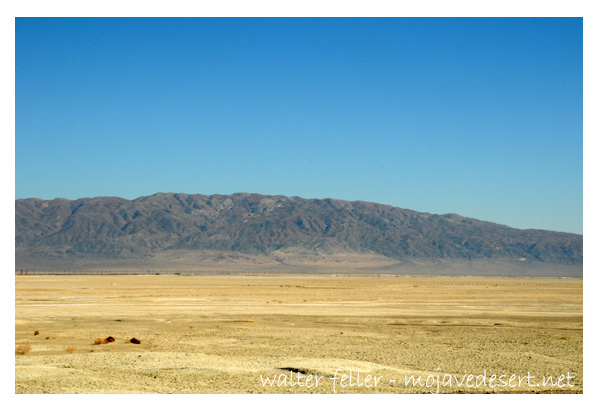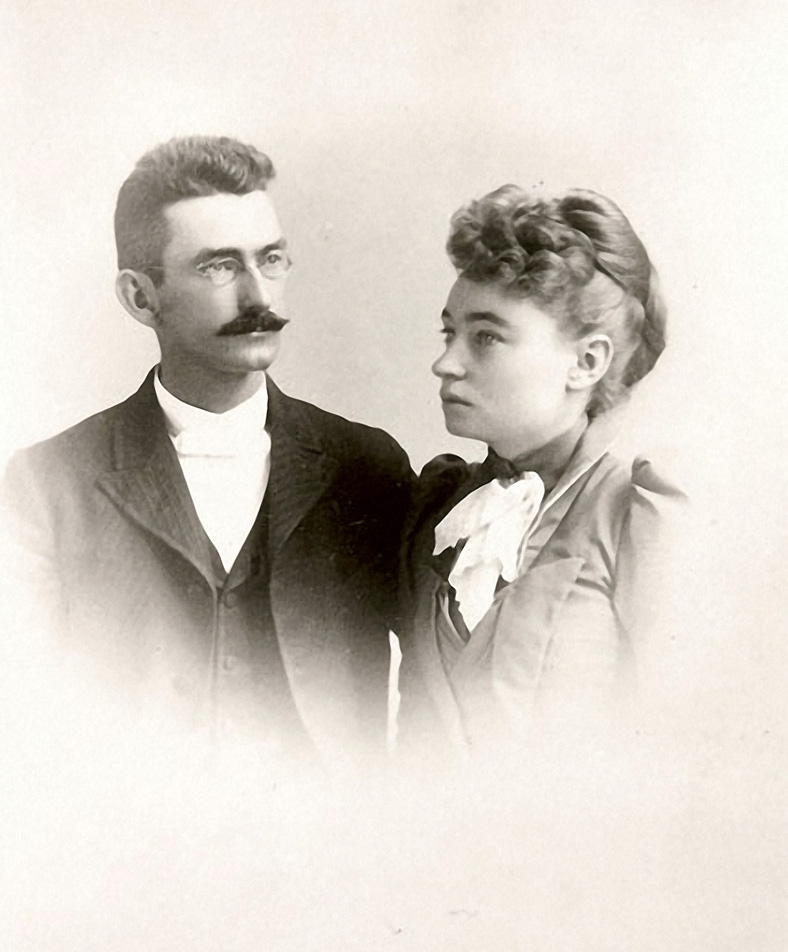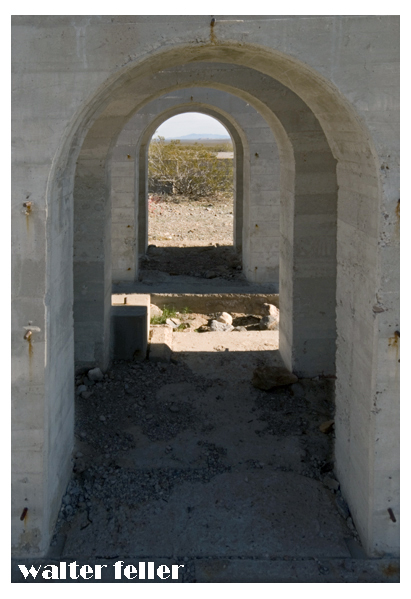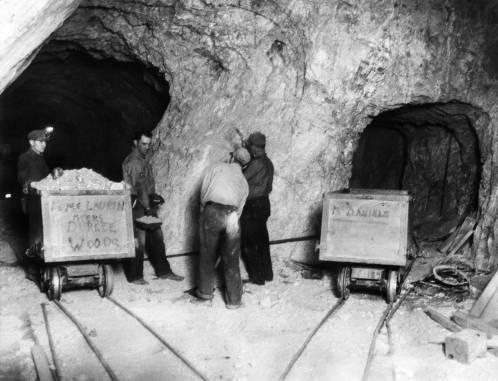/calico-ghost-town/
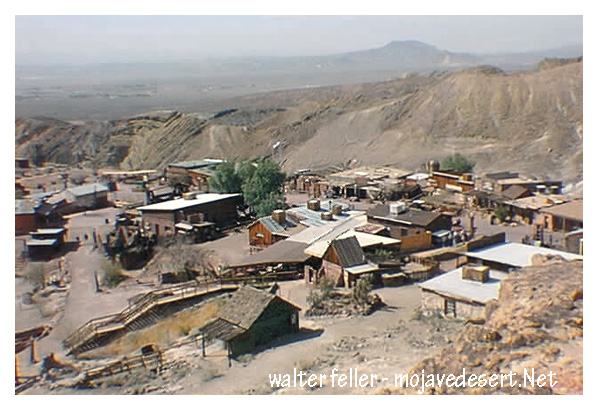
Calico Ghost Town is a fascinating destination that offers a glimpse into the past, specifically the boom-and-bust era of the American West. Here’s a detailed look at what makes Calico Ghost Town a popular attraction:
History of Calico Ghost Town
- Founding and Boom Era: Calico was founded in 1881 during the California silver rush. At its peak, the town boasted over 500 mines and produced millions of dollars worth of silver ore.
- Decline: By the mid-1890s, silver prices had plummeted, leading to the decline of mining activities. Calico was largely abandoned by the early 20th century, becoming a true ghost town.
Attractions and Activities
- Mine Tours:
- Maggie Mine: This is one of the few mines in Calico that is safe for tourists to enter. Visitors can take a self-guided tour to learn about the mining techniques and see the remnants of the silver extraction process.
- Calico Odessa Railroad: A narrow-gauge train ride that offers a scenic tour of the town and the surrounding mining areas, providing insights into the town’s mining history.
- Historical Buildings:
- Lane’s General Store: Restored to its 1880s appearance, this general store offers a variety of souvenirs and historical artifacts.
- Schoolhouse: A replica of the original schoolhouse where children of miners once studied. It now serves as a museum displaying educational artifacts from the era.
- Lil’s Saloon: A typical Old West saloon where visitors can enjoy refreshments and imagine the lively atmosphere of Calico during its heyday.
- Living History and Reenactments:
- Gunfight Shows: Regularly scheduled reenactments of gunfights and skirmishes typical of the Wild West, performed by actors in period costumes.
- Ghost Tours: Evening tours that delve into the spookier side of Calico’s history, sharing ghost stories and legends associated with the town.
- Shops and Craft Demonstrations:
- Blacksmith Shop: Demonstrations of traditional blacksmithing techniques, with the opportunity to purchase handmade metal items.
- Pottery and Leather Shops: Artisans demonstrate their crafts, offering unique, handmade goods for sale.
- Special Events:
- Calico Days: An annual festival celebrating the town’s history with parades, live music, and old-fashioned games.
- Ghost Haunt: A Halloween-themed event featuring haunted attractions and spooky activities for all ages.
Natural Surroundings
- Hiking Trails: Various trails around Calico offer hiking opportunities with views of the desert landscape and remnants of old mining operations.
- Desert Flora and Fauna: The area is home to unique desert plants and wildlife, complementing the historical attractions.
Visitor Information
- Accessibility: Calico Ghost Town is easily accessible from major highways and offers ample parking for visitors.
- Facilities: The site includes picnic areas, restrooms, and camping facilities for those wishing to extend their visit.
Significance
- Educational Value: Calico Ghost Town serves as an important educational resource, teaching visitors about the history of mining, the lifestyle of early settlers, and the economic forces that shaped the American West.
- Preservation: The town has been designated a California Historical Landmark and is maintained by the San Bernardino County Regional Parks system, ensuring its preservation for future generations.
Calico Ghost Town offers a unique blend of history, entertainment, and education, making it a must-visit destination for anyone interested in the rich heritage of the Mojave Desert and the American West.
